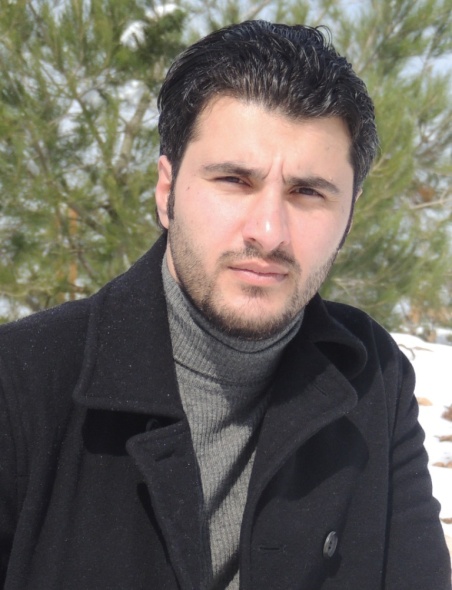
By Mohammad Rasho:
Amidst new alignments in the ‘Syrian street’, the dominant feature is ‘back to the roots’ as Syria’s social fabric is torn along mainly ethnic and denominational lines.
The fighting has developed into a civil war in every sense of the word, with a conflict between Islamic fundamentalists and Alawites and, lately, between extreme Islamists and secularist Kurds in Sri Kanyeh. The moderate Islamist opposition, represented by the Muslim Brotherhood, has seen its role sharply diminished in favor of extremist groups and jihadists. Their ‘side wars’ have diverted the focus from the primary goal of the revolution, which is the overthrow of the Baathist regime.
The latest battles and massacres are happening on the basis of a sectarian or ethnic division of Syria into four parts:
Kurdish part:
This is the northern part of Syria, including Hasaka, Qamishli, and north and east of the province of Aleppo. This region has a Kurdish majority. It is rich in oil and arable soil and contains many archeological sites.
It’s known that the Kurdish affiliation is nationalist rather than religious: secularism is the general trend. However, the Salafist opposition, by order of outsider ‘third parties’, has turned the opposition compass northwards, instead of attacking the strongholds of the regime in Damascus. It launched an unnecessary war against the Kurds in some areas, but the Kurds have formed popular protection committees (YPG), following the Supreme Kurdish Authority (dest ya bilind), which are protecting Kurdish cities.
Federalism is the basic requirement for the Kurds in Syria. This demand arises from the historical injustice, exclusion policy and marginalization exercised by the regime against Kurds since the Baath party took power. Kurds have good international and regional support, which can make them the biggest beneficiaries of the Syrian revolution. But this requires unity of the Kurds across different political parties despite ideological differences.
Druze part:
This part covers the southern region of Syria, which includes the Hauran plateau. Most of the population there are of the Druze community, which is an esoteric Islamic sect. This community is considered to be a supporter of the regime of Bashar al-Assad, but this support is not absolute: it stems from a fear of the Islamists who have committed several massacres against the Druze, while the Baath regime provided them with some protection.
The Druze do not differ ideologically from the Israelis and they make up the front row of the elite Israeli army Brigade Colana. Thus Israel will strongly support the establishment of a federal or autonomous Druze area, to protect its northern border from extremist groups.
Alawite part:
This region includes the Syrian coast and contains the provinces of Tartous and Latakia. It has a major Alawite population, much of which supports the regime of Bashar al-Assad. But there are sections that feel forced to support the regime because of the constant threat of massacre by some of the opposition groups – as is now happening daily in Syria in a series of sectarian killings.
This part has international support from Russia and the United Nations under the pretext of the protection of minorities. It also has a Russian warship base, excellent infrastructure and the port in Tartous. Bashar al-Assad has been arming the people of this region to ensure his and his family’s safety in case the regime falls in Damascus, in which case Bashar may move to this area and announce a new ‘seat of government’ in a federal or self-managed area.
Sunni Part:
This includes the interior area of Syria, and this region with a majority of Sunnis constitutes more than 50% of the total population. Perhaps more than half of this area has been damaged and destroyed by the ongoing war. It is poor in land and resources and a large part of the area is the Badia (Syrian steppe).
This area will be in a permanent state of war with the other areas, under various pretexts, but the main reason will be economic. This area will have Saudi and Qatari support. Within this area there are moderate and secular groups but they will suffer from the Salafi trend, which will try to impose itself by the gun.
Deadly playgound
The signs of these divisions become more obvious day by day and a sectarian policy is now being applied on the ground. It seems that Syria has become a ‘playground’ for many of the regional countries and international powers and a place to settle scores – and all this at the expense of the unity and safety of the Syrian people.
Mohammad Rasho is a Kurd from Efrin-Syria, politically independent, interested in the Syrian political issues in general, specialist in Kurdish issues and parties.
Copyright © 2012 Kurdistantribune.com
.jpg)


